Exploring the 5 Quietest Pet Frogs
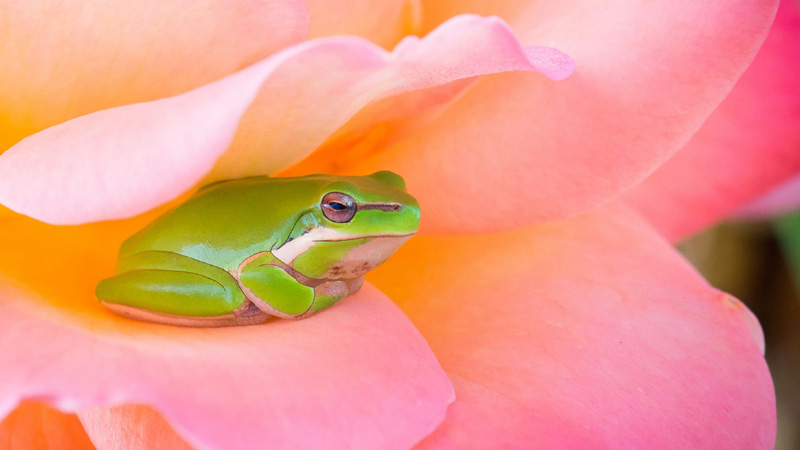
Photo by Stephen Hocking on Unsplash
For those seeking a peaceful and tranquil pet experience, having a quiet frog as a companion can be a delightful option. While many frog species are known for their croaking and vocalizations, some frogs are naturally quieter than others, making them ideal for individuals who value a serene living environment.
In this comprehensive guide, we will explore several quiet frog species that make wonderful pets and provide tips on how to care for them.
- 1. White's Tree Frog (Litoria caerulea)
- 2. African Clawed Frog (Xenopus laevis)
- 3. Pacman Frog (Ceratophrys spp.)
- 4. Fire-bellied Toad (Bombina spp.)
- 5. African Dwarf Frog (Hymenochirus spp.)
5 Quietest Frog Species
1. White's Tree Frog (Litoria caerulea)
White's Tree Frog, also known as the Australian Green Tree Frog, is a popular choice among amphibian enthusiasts. These gentle giants are known for their calm and laid-back nature. They are relatively quiet frogs, with minimal vocalizations compared to other species. While they occasionally emit soft calls, they are generally not as loud or frequent as other frogs, making them an excellent choice for those seeking a quiet pet.
2. African Clawed Frog (Xenopus laevis)
The African Clawed Frog is a fascinating aquatic frog species that has gained popularity as a unique, low-maintenance pet. These frogs are primarily silent, avoiding vocalizations altogether. Their quiet nature makes them ideal for those who prefer a quiet and tranquil living environment.
3. Pacman Frog (Ceratophrys spp.)
Pacman Frogs, also known as South American Horned Frogs, are known for their comical appearance and impressive girth. While they have a voracious appetite, they are relatively quiet frogs. These frogs are typically silent and do not have a strong vocalization repertoire, making them a peaceful option for amphibian enthusiasts.
4. Fire-bellied Toad (Bombina spp.)
Fire-bellied Toads are visually striking with their vibrant orange or red bellies. Despite their small size, they are full of personality. These toads have a soft and melodic call, which they produce infrequently and at a low volume. They are considered relatively quiet compared to other frog species.
5. African Dwarf Frog (Hymenochirus spp.)
African Dwarf Frogs are aquatic species known for their diminutive size and peaceful demeanor. These frogs are relatively quiet, producing soft clicking sounds rather than loud vocalizations. They are well-suited to small aquatic setups and thrive in peaceful, community tank environments.
Caring for Quiet Frog Species
Creating a Suitable Habitat:
Providing an appropriate habitat is crucial for the overall health and well-being of any pet frog, including quiet species. Here are some key considerations:
Enclosure Size: Provide a spacious enclosure with ample room for the frog to roam and explore. A larger enclosure can help reduce stress and promote a calmer environment.
Substrate: Choose a suitable substrate that mimics the natural environment of the frog species you are housing. Coir fiber, sphagnum moss, or a mixture of both can work well for quiet frogs.
Temperature and Humidity: Maintain the proper temperature and humidity levels specific to the frog species you are keeping. A consistent and comfortable environment contributes to the overall well-being and contentment of your frog.
Feeding and Nutrition:
A well-balanced and nutritious diet is essential for the health of any pet frog. Research the dietary needs of your specific quiet frog species and provide a varied menu that includes a combination of live insects, invertebrates, and specialized frog pellets. Feed them appropriately sized prey items to avoid any risk of choking or ingestion difficulties.
Gently Handling and Enrichment:
While handling quiet frog species should be kept to a minimum, it's important to practice gentle handling if necessary. Frogs are delicate creatures, and mishandling can cause stress and potential harm. Always ensure your hands are clean and free of any chemicals or lotions before handling. Regularly provide environmental enrichment such as live plants, hiding spots, and climbing surfaces to keep your frog mentally stimulated and engaged.
Maintaining a Quiet Environment:
To ensure a serene atmosphere for both you and your pet, create a quiet living environment for your frog. Consider the following tips:
Manage Noise: Limit excessive noise in the room where the frog's enclosure is located. This includes keeping music, television, or other loud devices at a reasonable volume. Avoid placing the enclosure near noisy appliances or high-traffic areas.
Light Cycles: Maintain a consistent light cycle to mimic the frog's natural diurnal or nocturnal behavior. Avoid sudden changes in lighting that could stress the frog.
Absorb Sound: Use sound-absorbing materials, such as acoustic foam or cork, on the walls or ceiling surrounding the enclosure. This can help reduce reverberations and create a quieter environment within the enclosure.
Background Noise: Strategically place a white noise machine, a small aquarium air pump, or an indoor water fountain near the frog's enclosure to provide constant and soothing ambient noise. This gentle background noise can help drown out other sounds and create a quieter atmosphere.
Conclusion
Quiet frog species like White's Tree Frog, African Clawed Frog, Pacman Frog, and Fire-bellied Toad are excellent options for those seeking a peaceful amphibian companion. These frogs are known for their gentle nature and minimal vocalizations, making them ideal for individuals who value a quiet environment. Consider welcoming one of these quiet frog species into your home to enjoy the beauty and tranquility they bring into your life.
You May Also Like
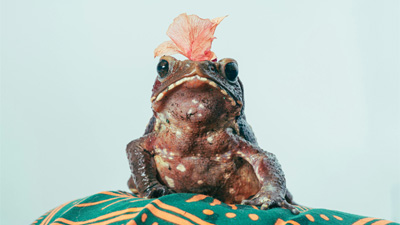 Pet Frogs50 Good Names for Your Pet Frog
Pet Frogs50 Good Names for Your Pet Frog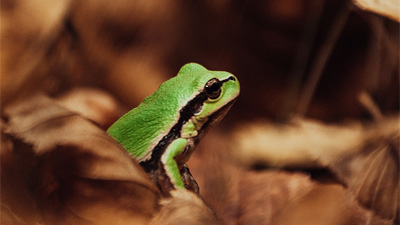 Pet FrogsThe 10 Best Pet Frogs For Beginners
Pet FrogsThe 10 Best Pet Frogs For Beginners Pet FrogsExplore 50 Famous Frog Names (Find Inspiration)
Pet FrogsExplore 50 Famous Frog Names (Find Inspiration)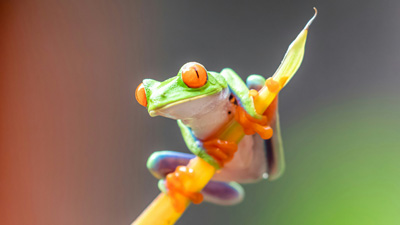 Pet FrogsHow Long Does the Average Pet Frog Live? (5-15 years)
Pet FrogsHow Long Does the Average Pet Frog Live? (5-15 years)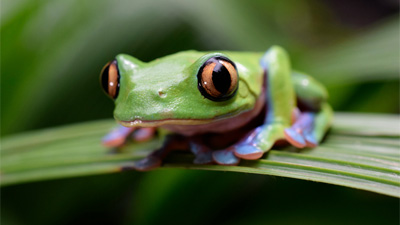 Pet FrogsVarious Costs of Owning a Pet Frog
Pet FrogsVarious Costs of Owning a Pet Frog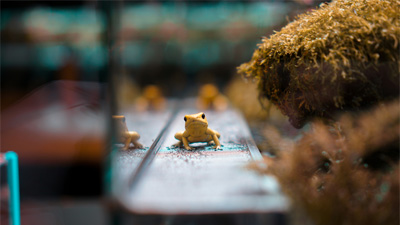 Pet FrogsThe 10 Smallest Frogs Perfect for Pet-Keeping
Pet FrogsThe 10 Smallest Frogs Perfect for Pet-Keeping